Haworthians Page 7
Pagan
6 years ago
Featured Answer
Sort by:Oldest
Comments (304)
Nil13 usda:10a sunset:21 LA,CA (Mount Wash.)
6 years agolast modified: 6 years agoNil13 usda:10a sunset:21 LA,CA (Mount Wash.)
6 years agoRelated Discussions
Need help with the names of these plants/flowers. Page 7
Comments (2)#1 Ligularia. #2 Heuchera. #4 Larkspur or Delphinium grandiflora. #5 Hosta....See MoreHaworthians Untie! Page 5
Comments (293)It's so much fun, isn't it!! First seeing them germinate, then slowly developing into miniature plants, they're soooo cute. Plus, with the seeds that were a result of natural pollination, it's exciting to see what the result will be. These were sowed in April by the way... I usually have germination result anywhere from 3 days to 4 or 6 weeks max, but I have 3 seeds from hand pollination that I sowed at the beginning of June, but still nada... I'm not prepared to give up on them yet though ;-)...See MoreQuotes 7 - 22 - 17 page 2 lighter
Comments (2)Irreverant & lighthearted about so-called serious subjects, it's a good way to deal with all the absurdities in the world is a good way to survive them...See MoreHaworthians Page 8
Comments (300)I showed y'all my new haworthia limifolia variegated a bit ago but I was outside today fusing w/plants when I discovered something wonderful... BABIES! I'm thinking they aren't going to have any variegation at all sadly but I'm hoping as they get a bit bigger they'll be some slight markings on them. Either way I'll still love them!...See MorePagan
6 years agoGabby C (FL 9A)
6 years agolast modified: 6 years agoin_awe
6 years agolast modified: 6 years agoJeff (5b)
6 years agoNil13 usda:10a sunset:21 LA,CA (Mount Wash.)
6 years agolast modified: 6 years agoPagan
6 years agoNil13 usda:10a sunset:21 LA,CA (Mount Wash.)
6 years agolast modified: 6 years agoJeff (5b)
6 years agolast modified: 6 years agolaticauda
6 years agolaticauda
6 years agolast modified: 6 years agoJeff (5b)
6 years agolast modified: 6 years agoPagan
6 years agolaticauda
6 years agolast modified: 6 years agoNil13 usda:10a sunset:21 LA,CA (Mount Wash.)
6 years agoNil13 usda:10a sunset:21 LA,CA (Mount Wash.)
6 years agolast modified: 6 years agoPagan
6 years agolast modified: 6 years agoNil13 usda:10a sunset:21 LA,CA (Mount Wash.)
6 years agolast modified: 6 years agoPagan
6 years agolast modified: 6 years agoNil13 usda:10a sunset:21 LA,CA (Mount Wash.)
6 years agolast modified: 6 years agoKara 9b SF Bay Area CA
6 years agoChristina Bay Area
6 years agolaticauda
6 years agolaticauda
6 years agoewwmayo
6 years agolaticauda
6 years agorina_Ontario,Canada 5a
6 years agolast modified: 6 years agobreton2
6 years agoewwmayo
6 years agolast modified: 6 years agobreton2
6 years agoPagan
6 years agoewwmayo
6 years agoewwmayo
6 years agobreton2
6 years agoin_awe
6 years agolast modified: 6 years agoPagan
6 years agoNil13 usda:10a sunset:21 LA,CA (Mount Wash.)
6 years agoPagan
6 years agoNil13 usda:10a sunset:21 LA,CA (Mount Wash.)
6 years agolast modified: 6 years agoPagan
6 years agoin_awe
6 years agoewwmayo
6 years agolast modified: 6 years agoin_awe
6 years agoewwmayo
6 years agoin_awe
6 years agobikerdoc5968 Z6 SE MI
6 years agorina_Ontario,Canada 5a
6 years agobikerdoc5968 Z6 SE MI
6 years agoPagan
6 years ago
Related Stories
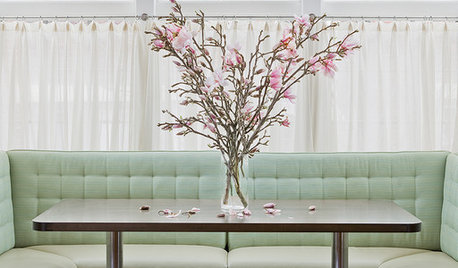
KITCHEN DESIGNPaging All Foodies: Your Banquette Is Ready
Please follow us to these 7 gorgeous dining nooks designed for everything from haute cuisine to s'mores
Full Story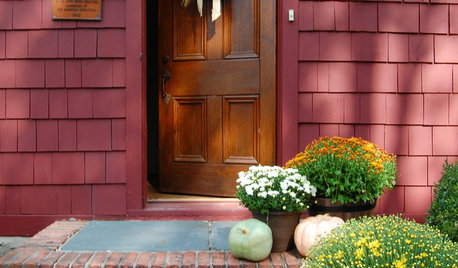
LIFEThe Holidays Are Coming! 7 Things to Do This Weekend
It’s time to stock up for festive drinks, flip through some cookbooks, and choose a great DIY gift to make this year
Full Story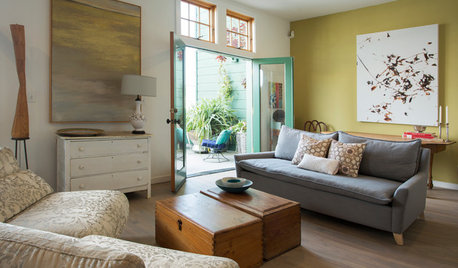
LIFELet the Fresh Air In! 7 Ways to Make the Most of This Weekend
Get inspired by these feel-good-home ideas for the first weekend in May
Full Story
SPRING GARDENING7 Spectacular and Practical Spring-Flowering Trees
Put on a beauteous show in the garden with a landscape tree awash in flowers — just do your homework first
Full Story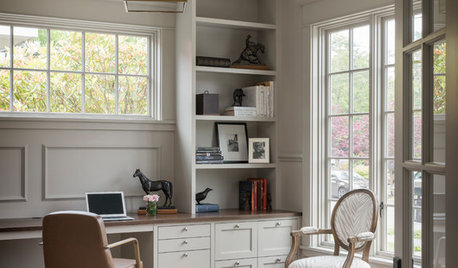
LATEST NEWS FOR PROFESSIONALS7 Client Communication Tips for Remodelers and Builders
Agree on a schedule for project updates, establish a point person, set phone boundaries and more
Full Story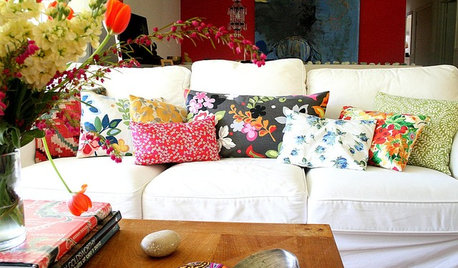
LIFE7 Tips to Get With a New Minimalist Mentality
Feeling overwhelmed by your stuff? Here's how to pare down, simplify and keep just what you need and love at home
Full Story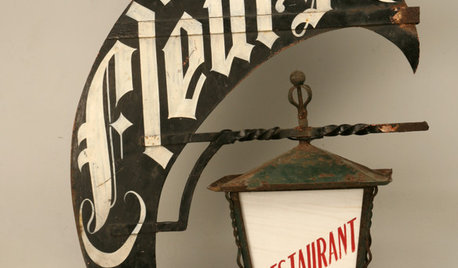
DECORATING GUIDES7 Favorite Vintage Furniture Sites
Take a Break from Flea Markets and Goodwill and Scour the Web for Unique Vintage Decor
Full Story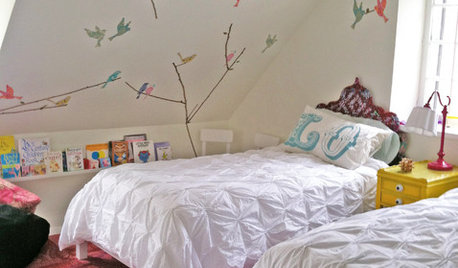
KIDS’ SPACES7 Kids’ Bedroom Decor Ideas That Won’t Break the Bank
Take an economical approach to decorating your child’s room with these DIY ideas
Full Story
ORGANIZING7-Day Plan: Get a Spotless, Beautifully Organized Home Office
Start your workday with a smile in a home office that’s neat, clean and special to you
Full Story


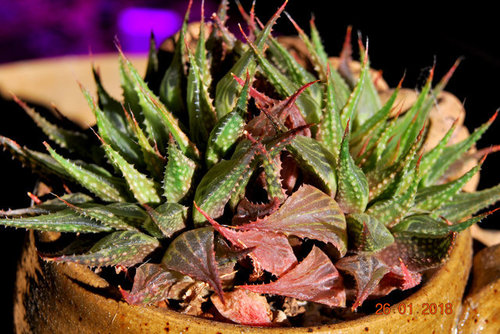



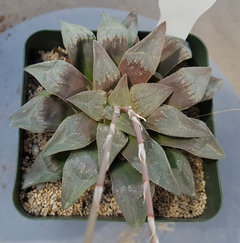

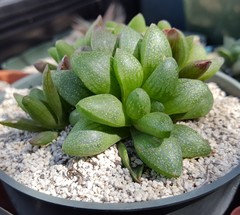
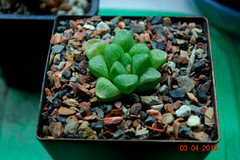

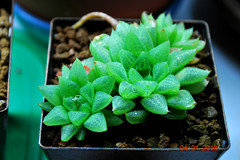
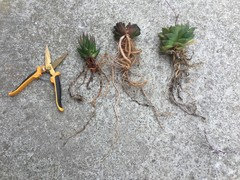
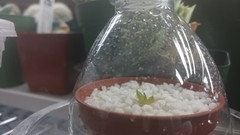

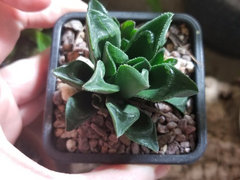

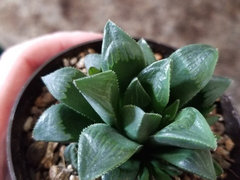
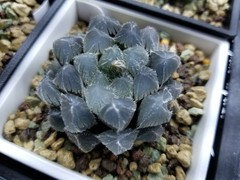


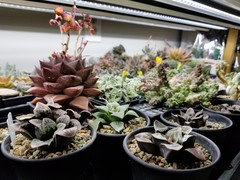
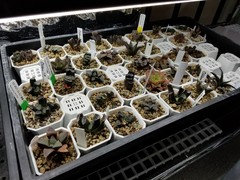
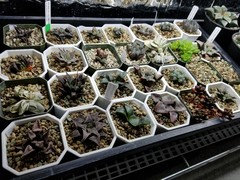



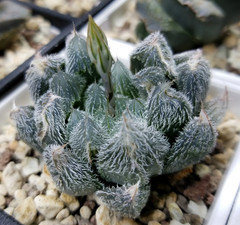
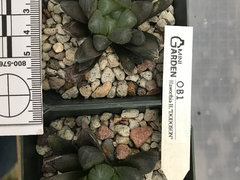
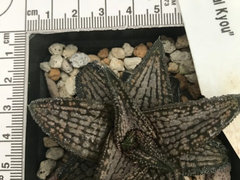
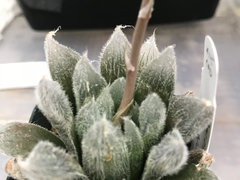

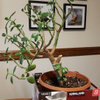
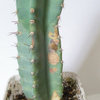

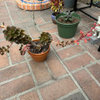
bikerdoc5968 Z6 SE MI